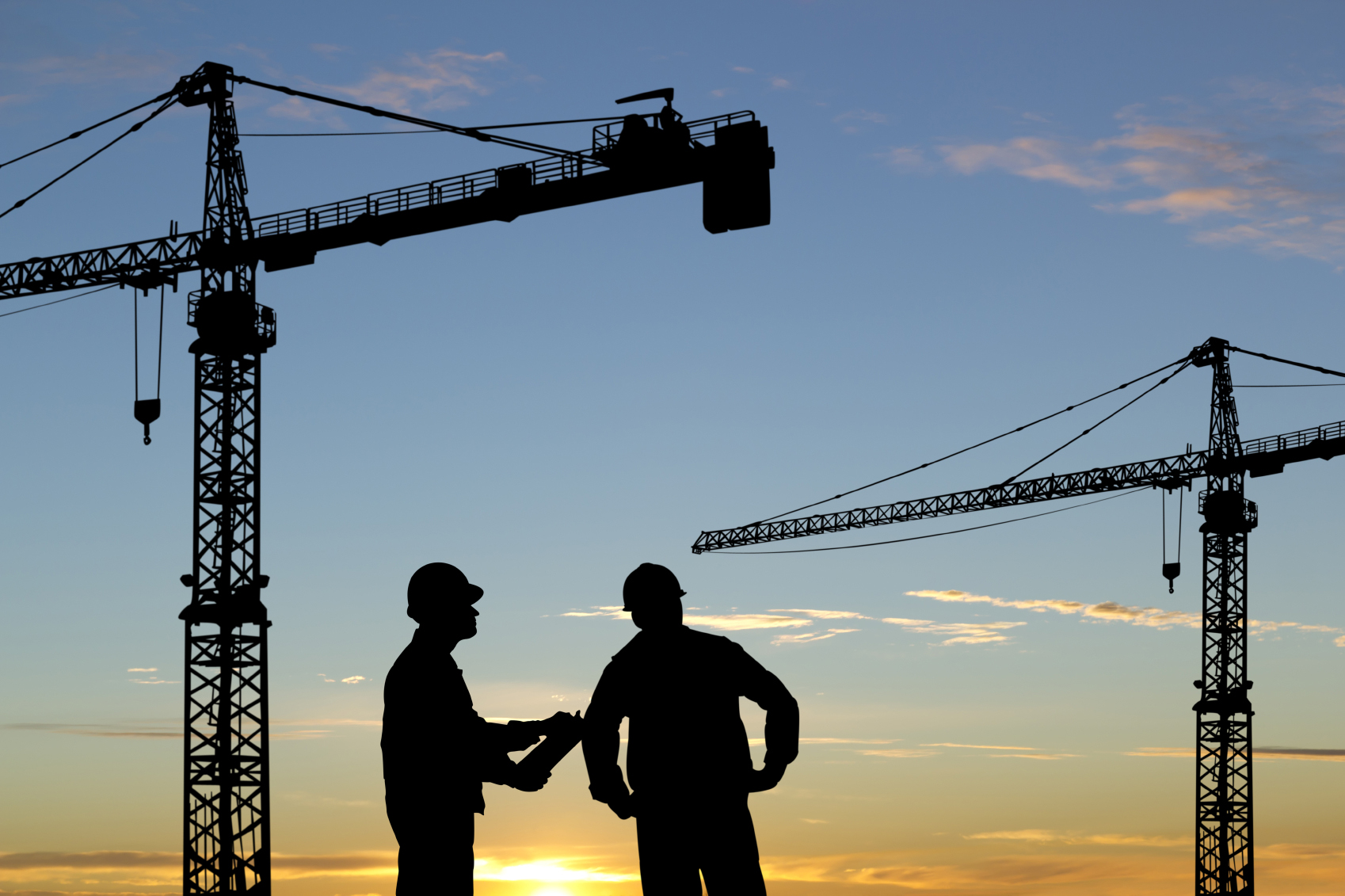
When people think of construction tools, they usually think of the usual suspects: drills, saws, hammers, wrenches, et cetera. But one tool that is a definite must, and one of the most important, when it comes to completing your project on your timeline is a construction schedule.
The point of a construction schedule is relatively straightforward: to give everyone a quick snapshot of where the project is at any given moment. If it’s built correctly, it will help you maintain an overview of all the potential complications on your build, and the underlying costs, and keep everyone on the same page in regards to goals and milestones. A well-built construction schedule maximizes your resources and keeps your project on track.
But like any tool, a schedule is only useful if it’s built correctly and gives clear guidance as to your main objectives. This means being sure to include certain features in your schedule so the tool accomplishes its purpose as a valuable aid to guide your project.
When you sit down with your general contractor in the pre-construction phase of your contract, we highly recommend discussing a few key aspects and ensure that your points are incorporated when you create your schedule with them. Here are the three main points we make sure are in every schedule we make with our clients:
Develop the Project Flow
It seems rather obvious, but make sure that your project is divided into a beginning, a middle, and an end. Overarching generalities at this stage make it easier to dive into the details and ensure that nothing gets lost. Communicate your goals to your GC and get their honest feedback on both how realistic the timelines are to get to the next step and what concerns they have for each segment.
Allocate Resources
Once you have the Project Flow agreed upon, you can look and what purchases are going to need a long lead time and get them ordered in advance. This will also give your GC the ability to time when they need their specialized subcontractors for each phase and get the approximate budget amounts. This will help you be sure that the budgeting is clear and your costs can be counted.
Specify the Adjustments Process
There are always going to be a lot of moving parts and adjustments will have to be made on site. Make sure that you and your GC are on the same page on how to update the construction schedule and how you can best monitor the progress of the build.
As long as the project documentation is always accurate, and it has been clearly defined how the updates need to be recorded, you should be comfortable with the reporting. If you want more details, you can ask for a narrative that describes the work that has been accomplished during each construction phase. This will help you make adjustments if the schedule or budget is not on track.
A well thought-out construction schedule will help you keep on top of your project’s status and should guide your conversations with your general contractor. If you have any questions about the schedule you have for a project already in progress, or need help building one for an upcoming one, please feel free to contact us. We would be more than happy to sit down and go over the details with you.
- test :



YOUR COMMENT